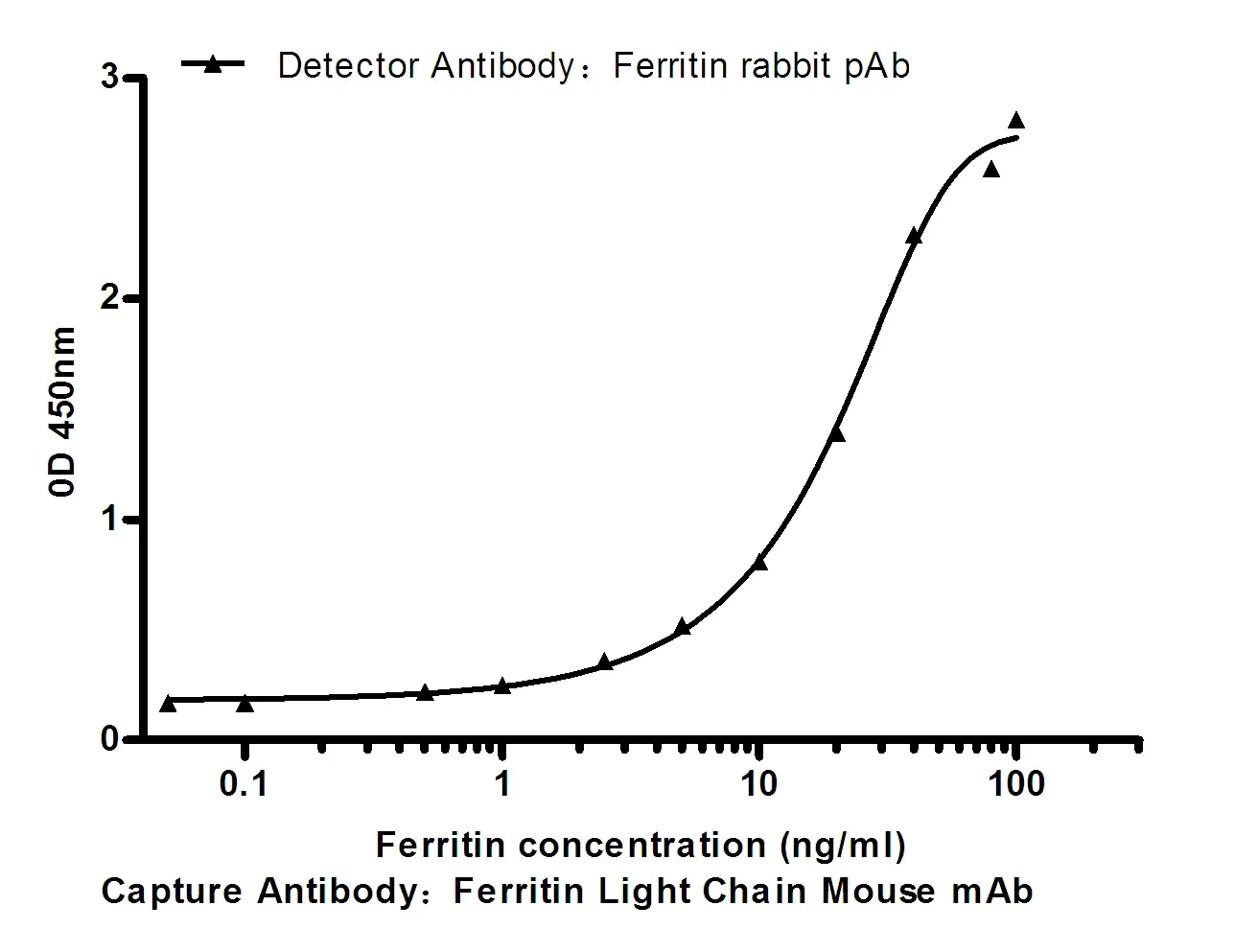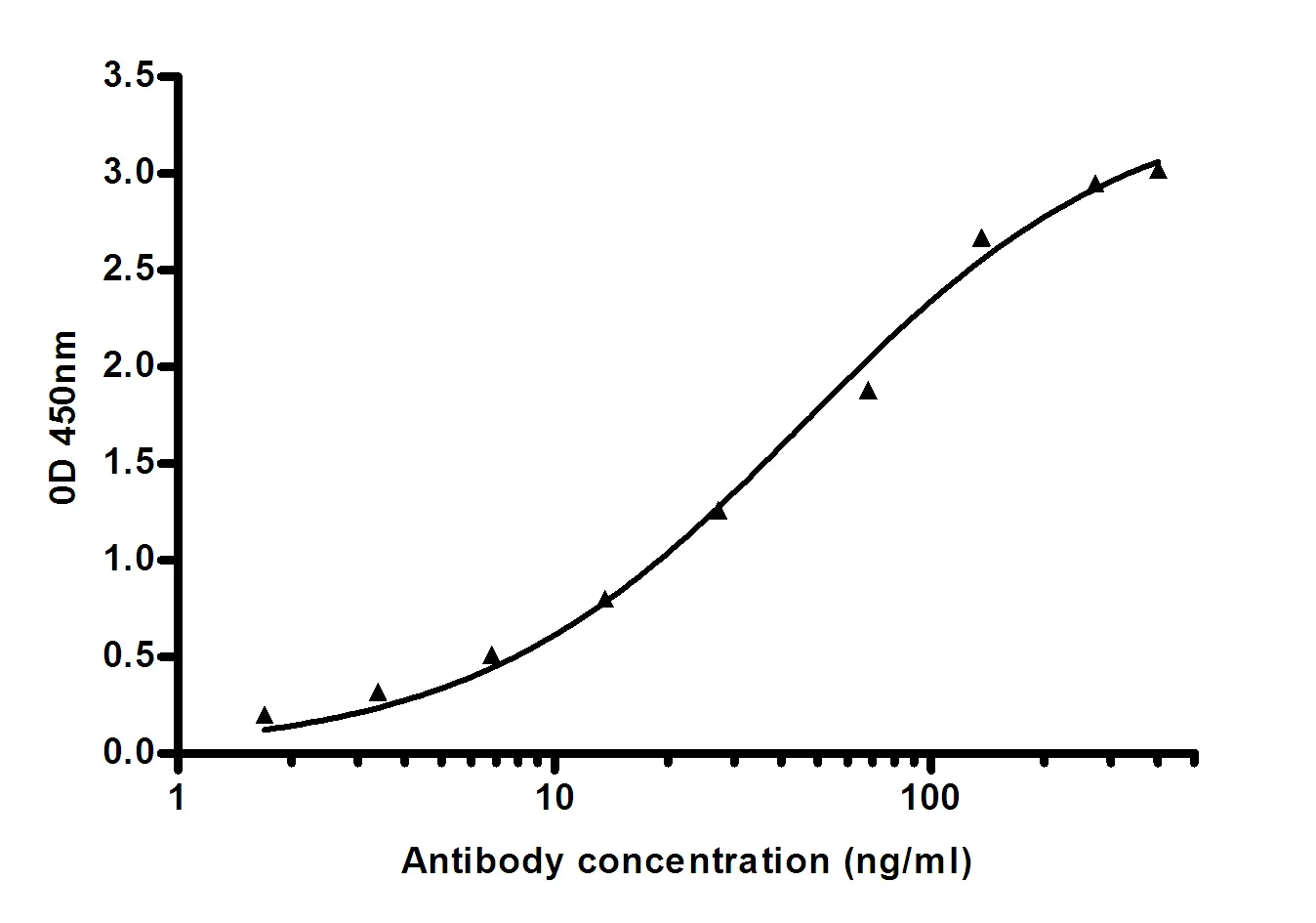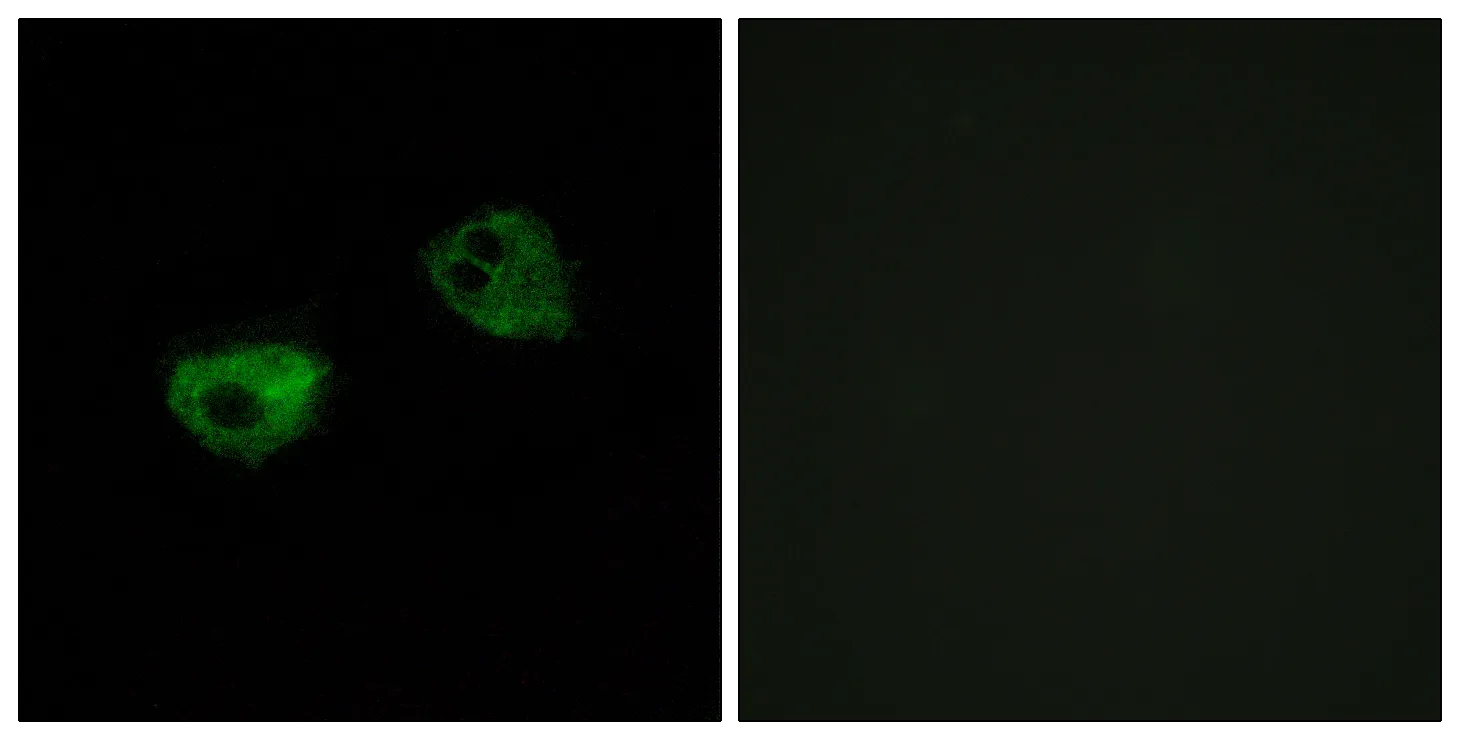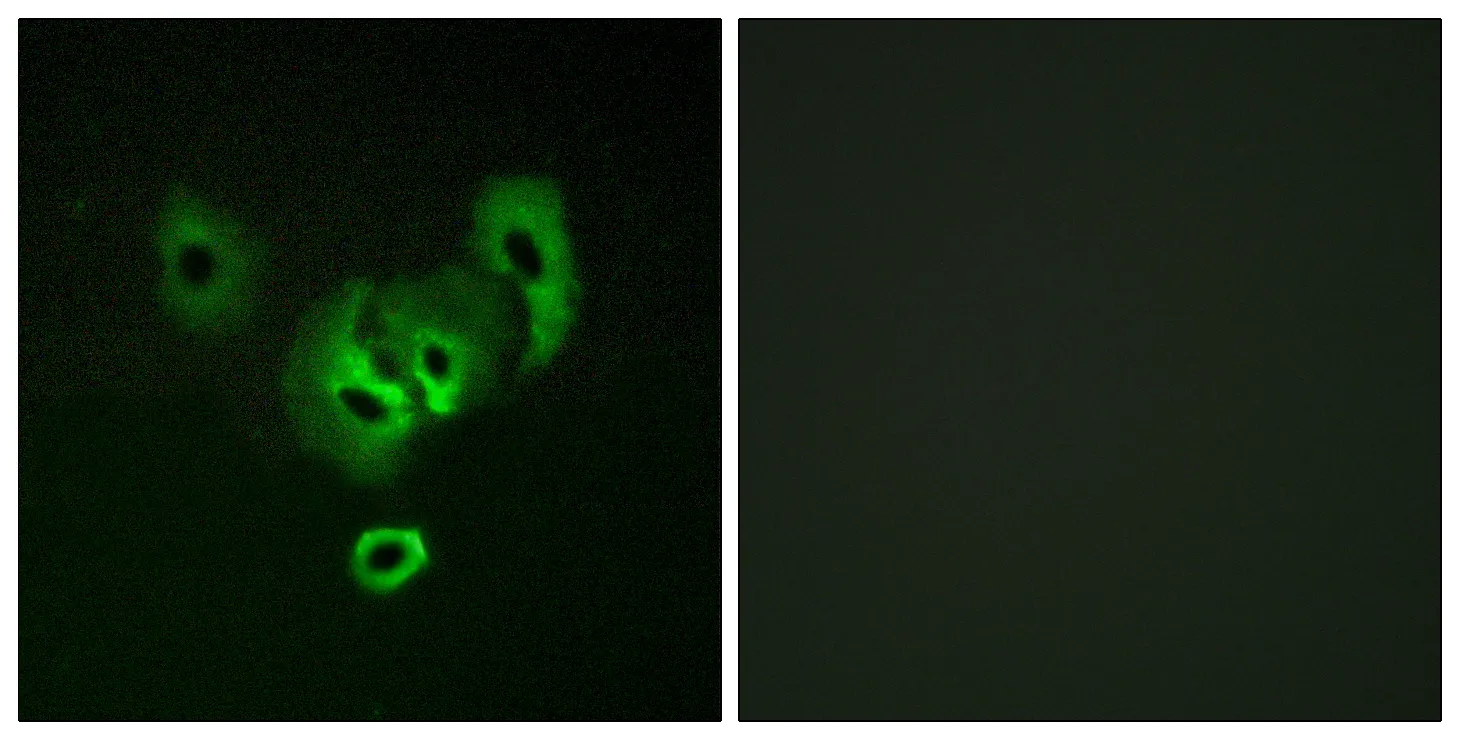Summary
Performance
Immunogen
Application
Background
domain:The di-lysine motif confers endoplasmic reticulum localization for type I membrane proteins.,function:Could be implicated in tissue-specific synthesis of very long chain fatty acids and sphingolipids. May catalyze one or both of the reduction reaction in fatty acid elongation, i.e., conversion of beta-ketoacyl CoA to beta-hydroxyacyl CoA or reduction of trans-2-enoyl CoA to the saturated acyl CoA derivative.,similarity:Belongs to the ELO family.,domain:The di-lysine motif confers endoplasmic reticulum localization for type I membrane proteins.,function:Could be implicated in tissue-specific synthesis of very long chain fatty acids and sphingolipids. May catalyze one or both of the reduction reaction in fatty acid elongation, i.e., conversion of beta-ketoacyl CoA to beta-hydroxyacyl CoA or reduction of trans-2-enoyl CoA to the saturated acyl CoA derivative.,similarity:Belongs to the ELO family.,
Research Area




